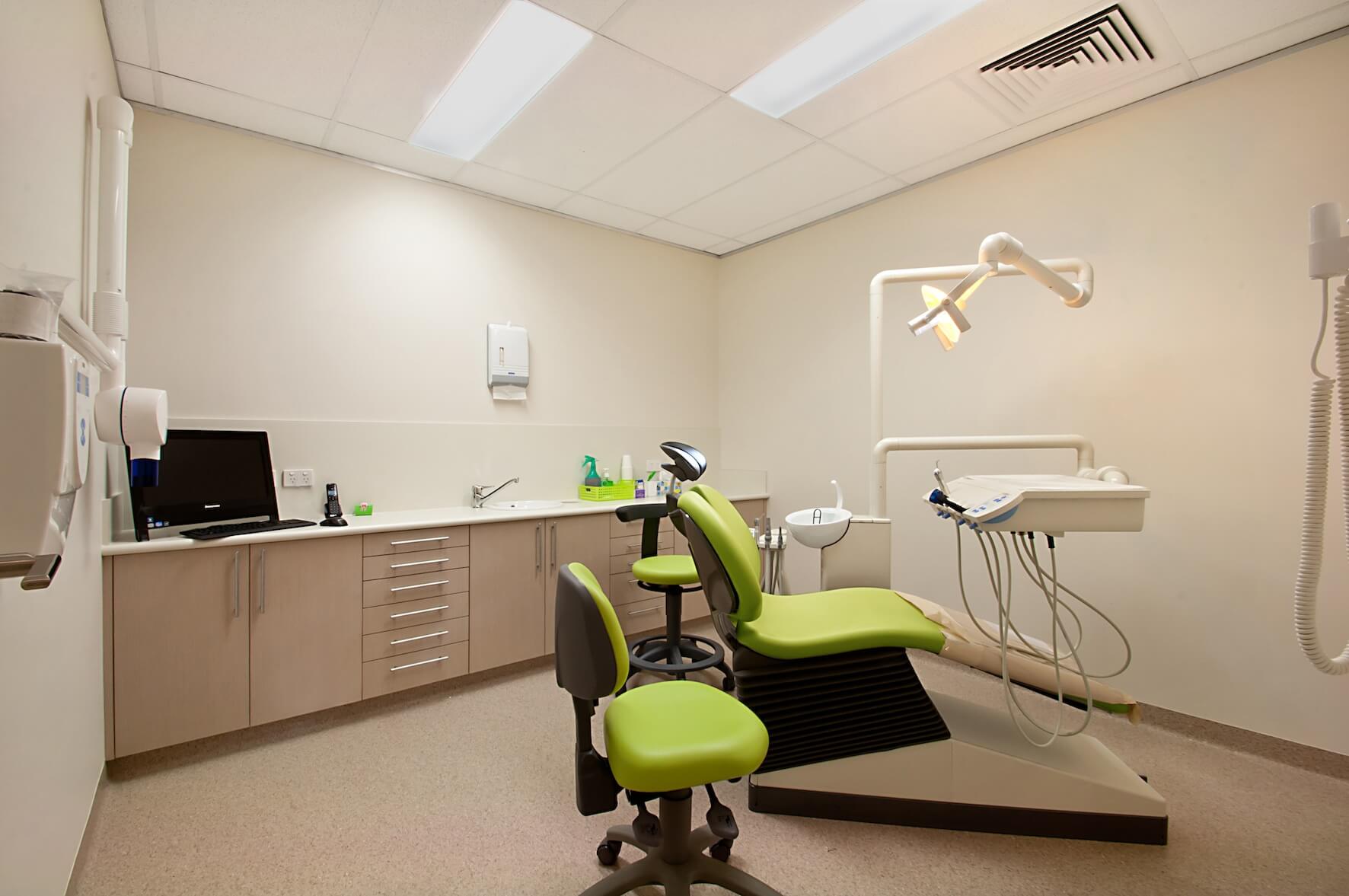Crafting Perfect Ambiance: Dental Office Interior Design
Once the available space conditions have been verified, depending on the regulatory requirements and the client’s needs, it is necessary to organize a plan that outlines the routes of the staff and patients with dental office interior design.
The main functions to organize are:
- waiting room;
- one or more rooms for the provision of medical services;
- spaces for administrative activities;
- hygienic services (different for clients and staff);
- space for clean and dirty tanks;
- spaces and cabinets for the storage of materials and tools.
- flows
As a first step, it is necessary to take into account the flows determined by:
- patients;
- doctors;
- staff
Therefore, not correctly valuing these flows would lead to an inevitable loss of time and privacy. Use an expert like Masterdent Group for example to beautify your office.
To manage these flows, there are several project solutions, such as:
A double-double hallway, one for patients and one for staff;
Another common solution provides doors connecting several adjacent rooms, allowing staff to move without going through the corridors. However, these solutions have some disadvantages. First of all, the presence of an additional door subtracts space intended for furniture or equipment; In addition, it entails a decrease in privacy, being a source of acoustic transmission between rooms.
Therefore, avoiding the intersection of flows allows clinicians to get in and out without being seen by unexpected patients or providers.
Dental clinic rendering made with Edificius, the BIM architectural design software.
Aspects To Consider
If the available space allows it, providing a space for a coffee break or lunch for the doctor and the staff is very useful.
Therefore, whenever possible, for all composition/layout options, it is advisable to:
- separate public areas (reception, waiting room, offices, patient bathrooms, etc.) from the clinical area (surgeries, sterilization, X-ray room, dressing room, private bathroom, etc.);
- provide two separate entrances for patients, doctors, and clinic operators;
- position the reception at the entrance in a strategic position between the medical area and the non-medical area;
- provide a large and bright waiting area to receive patients and companions;
- position services (including people with disabilities) near the waiting area;
- organize offices according to needs, close to auxiliary spaces (X-ray room, sterilization room, technical rooms, warehouses, etc.);
- provide a space used as a changing room, a private bathroom for operators, and a room for staff rest;
- use excess spaces to position cabinets and deposits for cleaning supplies;
- Prepare a technical room for technological tools.
- design of a dental clinic – plan of public and private routes made with a BIM software
- Plan of public and private routes – made with Edificius
Technological Solutions
For technological solutions, it is necessary to foresee the following:
- for each unit, a complete water system, osmotic, suction, compressed air, electricity, and data connection with the internal network;
- spaces for sterilization, to use the equipment (osmosis, autoclave, sink, refrigerator, etc..);
- premises or spaces for radiography, with lightning protection on walls and doors and eventual horizontal surfaces with links to the technical devices for control and start-up of the radiographic equipment, appropriate signs, and a system of internal cameras;
- a lighting system that ensures comfort and helps to contain energy consumption;
- artificial light with lighting values appropriate to current regulations;
- the regulation of the intensity of lighting equipment concerning its use;
- equipment with low consumption and maximum energy savings;
- anti-glare lighting fixtures and professional lenses to improve visual comfort;
- cold lights for LED light sources in medical environments and hot lights in waiting, distribution, etc. environments;
- acoustic insulation system to isolate the rooms from each other; this protects them from external and internal noise sources (compressor and vacuum cleaner);
- sound diffusion in all rooms for background music and a video in the waiting room (if desired);
- resistant and easily washable materials, non-slip, but not too rough (to allow the movement of the stools with wheels).


Comments are closed.